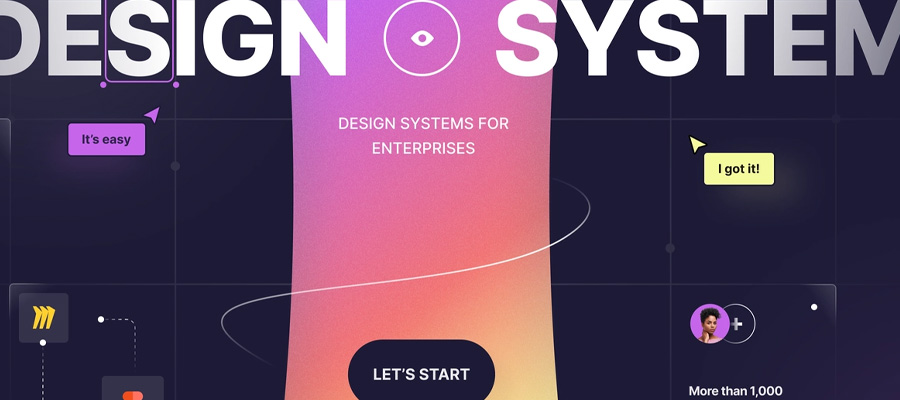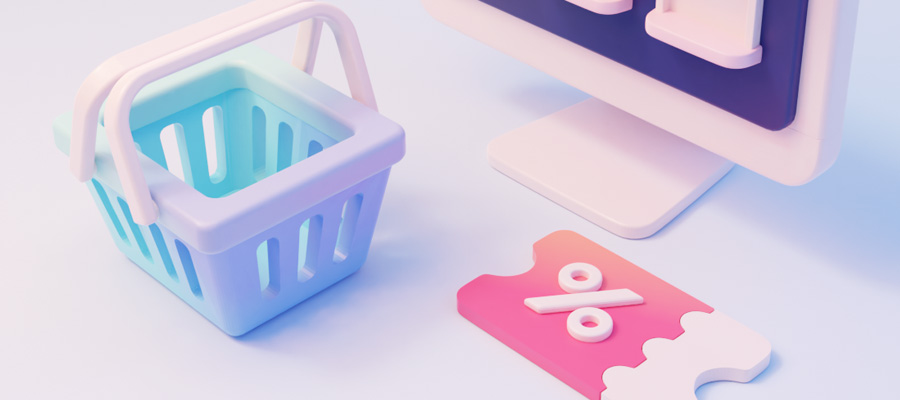Just as the name implies, automated email marketing for ecommerce is essentially a method of sending out emails to both existing and potential customers automatically, which is triggered by certain predefined events, such as 'add to cart', for example.
The beauty of this method, as opposed to email newsletters and one-off campaigns, or, God forbid, sending out emails manually, is that it enables to set up a variety of email templates once, which will be sent out automatically every single time a visitor meets one of your predefined triggers.
Easy right? Not so fast.
Automated Email Marketing is just a tool, but just like with any other tool there must be a thorough strategy in place in order for it to work for the benefit of your business.
Based on what has been observed in 2018, the majority of business owners don't have a clue of how to create a successful strategy around this tool. If you are one of them, then you've come to the right place.
Below we present you a list of 5 key rules you must follow in 2019 for your email marketing automation strategy to be successful:
1. Segmentation or Target Marketing
With the rapidly increasing competition, nowadays it is harder than ever to stand out and win over a customer. Since customers are constantly exposed to an immense abundance of options, 'personalization' of services has been extremely on the rise. The same applies for Email Marketing – segmenting your customers according to the accumulated data on their profiles and applying target marketing is the Number 1 rule for a successful email marketing automation strategy.
In simple terms, this rule implies that marketing automation is best used when the right message is delivered to the right person at a certain stage of the customer journey. Since all of your customers have different preferences, how can you expect the same message to trigger all of them in the same way?
Having accumulated diverse customer data, you can then segment your clients based on different factors, such as, age, location, likes, values, color/size preferences, etc.
With segmentation, you can go even more advanced and target your customers based on their behavior – abandoned carts, inactive customers for 60 days, or even identify those who made an initial purchase within the last 90 days.
One more thing you can do is to create the buyer persona. This will help you realize the problems of the audience and it will be easier for you to perform segmentation.
Also, drip campaigns will save you time because you can schedule them and add triggers. So you won’t have to do anything to send the campaign to subscribers and clients. The tool will do everything on your behalf and can have a rest.
2. Web tracking and customer profiles
There is no better way to understand your customers' intentions than to track each and every step they take while browsing through your website and getting acquainted with your brand. Therefore, web tracking is rule Number 2 for a successful email marketing automation strategy.
Tools such as Google Analytics enable you to see where your visitors come from, which pages they visit, what items they click on before even buying them, while other tools enable you to see your visitors' actions in real-time.
You may ask – what do I need this information for?
First of all, your visitors 'footprints' can indicate, which products are the most popular and which ones are the least desired. This will also enable you to identify what shopping preferences certain individuals have, which will help you with segmenting and later target marketing via your email campaigns or popups.
![]()
Secondly, tracking your visitors' activity can help you identify, which customers need additional nudges to make a purchase. If a visitor comes back multiple times to view the same item, why not send him/her an email with a discount as a trigger to buy?
![]()
3. A/B Testing
If there was one word to describe any business success, it would be 'persistence'. So be persistent with email marketing testing.
Test often and test every single detail to identify the winning combination. You will be surprised how big of an impact can even a tiny detail make on a customer's decision. Therefore, A/B testing is rule Number 3 for a successful marketing automation strategy.
An example below illustrates how you can test two different versions of the same email simultaneously.

Other examples of how you can A/B test your emails include: testing different subject lines, testing if including emojis in the body text, including/excluding subscriber's name, and testing different call to action sentences, such as “Buy Now” or “Limited Offer”, etc.
4. Multiple Channels Usage
How many tools do you use to communicate with your friends? Your answer will tell you the exact number of tools you need to use to reach your client.
Facebook Messenger, sms campaigns, and automated emails are all equally important tools when it comes to knocking on customer's door nowadays. Don't underestimate customers expectations – they do expect you to be everywhere, and if they don't, then surprise them by being there!
Same as setting up certain events on your website triggering automated emails to be sent out, you can set up a whole combination of such events integrating all three tools to create a neverending customer experience, i.e. target via email, retarget via Facebook, and send a reminder via SMS.
It's not just about your website, flashy pictures, and quality products, it's more about your communication with the client. Your style, your tone, the mood your message is delivering - all of this is what your brand is built on, so make sure you use every single opportunity and tool to make the visitor familiar with your brand to eventually turn him into your loyal client.
5. Focus on customer journey
The last biggest rule to follow? Focus on a long-term brand building and therefore paying attention to the journey you create for your potential customer.
Loyal customers appreciate little things and they will surely reward you for that. The customer, who knows the brand well, trusts the brand, and who shares the same values as the brand will never buy because of the low price.
As it has already been mentioned before, with the competition being so fierce nowadays, your stake should not be on lowering the costs, but on building the best personalised service for each individual customer.
Automated email marketing workflows will certainly help you do that. Here are some examples:
- Introduce your customer to your brand via welcome series
- Surprise them on their special day with a birthday email or SMS
- Make sure they buy the first time via cart recovery series
- Use shipping confirmation emails to keep them coming back
- Stay on top of their mind by using follow-up emails
- Nudge them if they've gone quiet using customer reactivation emails
It's all about building a long-term value, not reaping short-term profits, remember this.
This long term value ultimately sets you into a virtuous loop. You will attract customers, keep those customers happy, transform them into loyal customers who will then talk about your brand and bring in new customers.
Email marketing automation is a great way to provide extra value for your customers while freeing up your time so you can focus on improving your core business.
So, do you still want to win customers in 2019? Following the steps above will help you do just that.




















